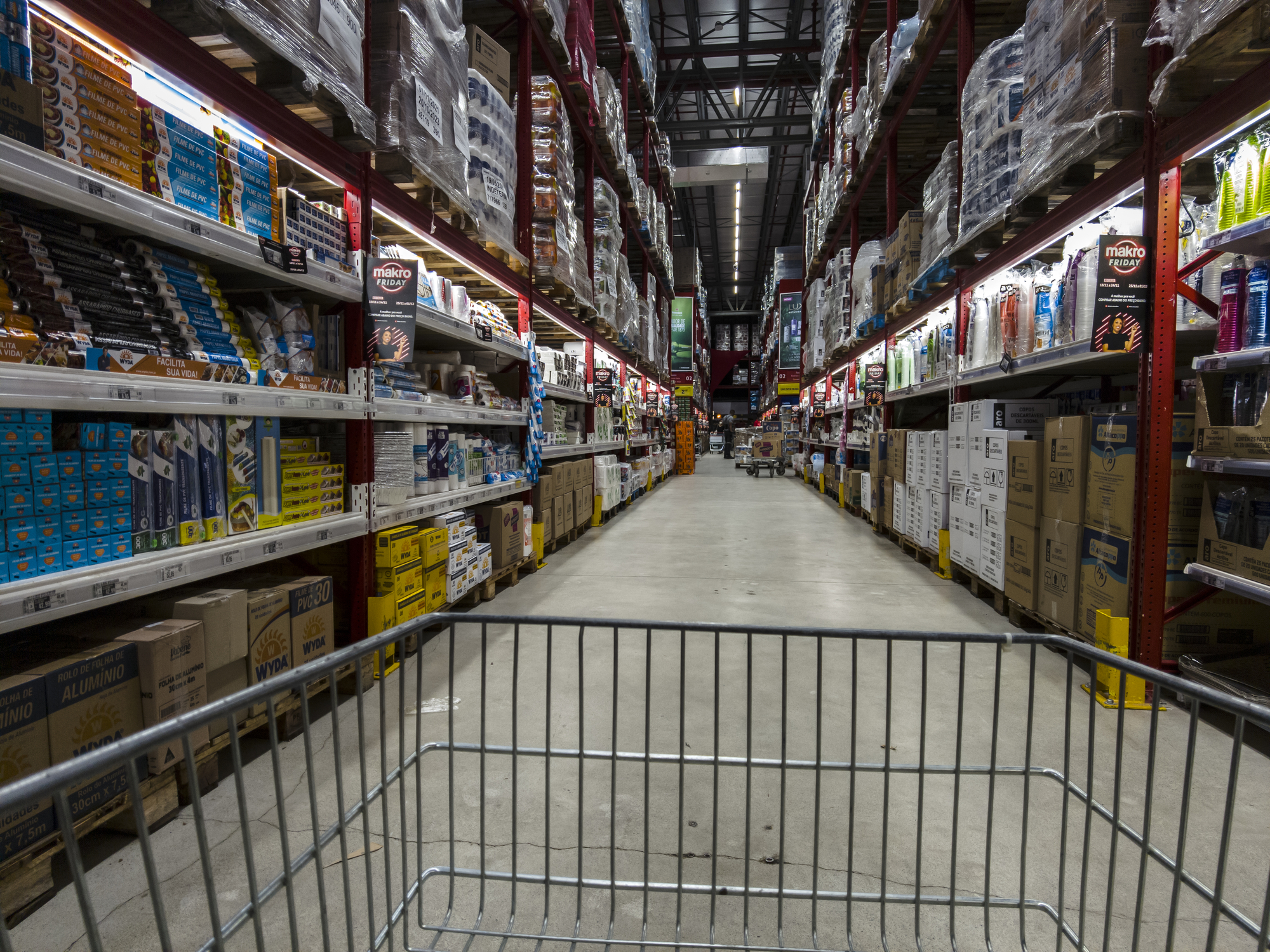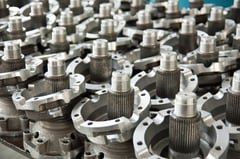
AMRs in the spotlight: Wholesalers
Autonomous mobile robots, or AMRs, are very often imagined to be a very specific kind of future technology. One that is relatively niche and not widely used right now, but in five years, or maybe even less, a tipping point could well be reached. Then, warehouses and other such facilities with fleets of low profile, wirelessly connected robots would be the norm, and more and more warehouses would be looking to install and operate AMRs than ever before.
But when it comes to AMRs, is this really the case?
Are autonomous mobile robots truly the ultimate solution for intralogistics, as many envision them to be?
The Invar Group is continuing our deep dive into the question of applicability of AMRs into the wider economy. This week, we’re examining wholesalers, and working out why – in overall terms – AMRs might not be as useful here as many others might think.
Complexity of loads – In sectors such as B2C ecommerce and supermarkets and groceries, one of the big advantages AMRs offer is offloading the work of handling the ongoing swathe of complex and varied orders that come to them thick and fast every hour of every day. A customer can order sunglasses, a paperback copy of “Of Mice and Men”, and a cordless drill’s replacement battery pack, and the AMRs need barely a single second to process the locations, calculate the most efficient routes, all while factoring in the movements of every other robot and order load in the building. This could all be done in a single journey.
Wholesalers are very often in a different position. While it depends substantially on the size of the loads, it is rare that a single journey can expect to involve the movement of 500 rolls of toilet paper, 600 bottles of household bleach, and 700 cans of air-freshener. Most likely, due to the sizes of the pallets of goods involved, that would be three distinct journeys. This still provides complexity to a degree, but not at anywhere near the same level AMRs would be needed to deal with. Thus, one of the biggest selling points behind AMRs becomes redundant in many whole-seller situations. Other technologies would be more suitable.
Load sizing – A similar but not identical issue for wholesalers when it comes to AMRs is carrying capacity and load sizing. The current generations of AMRs are not able to carry loads much more substantial than 1.5-2 metric tons. This means that for certain wholesalers AMRs will simply not be apt at all. Of course, this could well change with time as the technology becomes more ubiquitous, but there are physical limitations to consider. AMRs that carry larger loads will need more power, and potentially more space to store them. There is also their battery/charging requirements to consider. As much as we might like to, you cannot engineer your way around the laws of physics.
When it comes to load sizing however, weight is only one issue. Another major concern is height. Many wholesalers will need to be storing pallets in high bay racking systems that the current forms of AMRs may not be best suited for. The management of these kinds of movements means that AMRs would have to climb some kind of elevator apparatus, or a set of ramps. This would consume more space, and may not be as efficient as other technologies. Not to mention the issues around balance and poise. An AMR carrying a tall load may have trouble keeping things secure while moving at a usefully efficient speed.
Speed matching – Because of the size of the loads and issues around balance and access, AMRs would struggle with making wholesaler operations move much faster than other systems could offer. The fundamental problem here is in the M of AMR. The mobility of AMRs means that all the battery power and motorized engineering that makes them work has to be self contained. While a larger battery or more powerful engine might be desirable, if it can’t be fit inside an AMR frame, it can’t be used in that context.
This is why wholesalers interested in automating might want to look more carefully at other options, namely a static ASRS (automatic storage and retrieval system) that uses rails and racks to bear the weight of larger loads. These can also be powered by more substantial motors because the drive systems do not need to be contained in the frame of a low-profile autonomous mobile robot. This would be combined with conveyors and other equipment that could well offer more robust support.
The Robotic Alternative – Wholesalers may be feeling as though technology is leaving them behind at this point. Although we have discussed other alternatives, the truth is that ASRS is a system that’s been around for a very long time. While digital technology has enhanced and improved things, it’s more incremental improvements than revolutionary robotic redesigns.
That said, all is not lost for wholesalers looking for robotic automation alternatives. Robotic and unmanned forklift trucks are becoming more and more available as the technology develops and economies of scale make them more accessible. This kind of equipment addresses many of the difficulties wholesalers may encounter when considering an AMR alternative. Forklifts can handle larger loads, can reach higher storage, and are designed to handle larger numbers of individual journeys with heavier loads. Exactly how and where you would make use of this technology will naturally depend on how and what you are wholesaling.
Talk to Invar about your options – Maybe you think that robotic forklift trucks might be the backbone of your future business plans. Or maybe you are more encouraged by the thought of an ASRS with inbuilt racking and rails. Or perhaps you are imagining that with the right conditions, AMRs might fit your business rather well.
Whatever you believe, talk to the experts first to understand. Specifically, the experts of the Invar Group.
We look at your situation, listen to what you want from your automation, and find the best way to design and deliver a tailormade turnkey solution.
Whatever kind of technology that might involve. Whether it’s AMRs, shuttles, carousels, conveyors, or something else entirely, talk to the Invar Group about making it happen.
Written by

Michael Trimmer

Contact Us
Contact us for further independent advice on transforming operational performance in the warehouse.
Contact usRelated Articles

AMRs in the spotlight: Pharmaceuticals
What do Issac Azimov, Hollywood blockbusters, and the wider intralogistics community have in...
Read More
AMRs in the spotlight: Industrial parts
Autonomous Mobile Robots (AMRs) stand as a beacon of innovation, captivating various sectors with...
Read More
AMRs in the spotlight: Manufacturers (B-Tier)
Is the robotic revolution really right round the corner? Is automation the automatic assumption of...
Read More